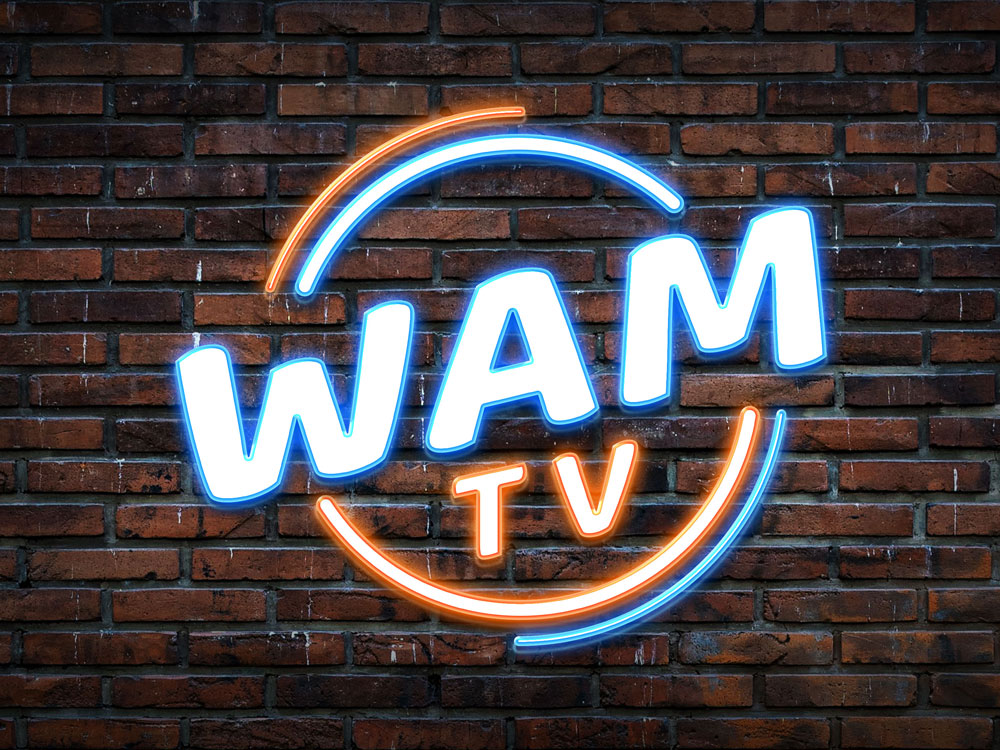High Definition Videos
HD 1080p
1080p is a high-definition video mode characterized by 1080 horizontal lines of vertical resolution and progressive scan. The term assumes a widescreen aspect ratio of 16:9, implying a resolution of 1920×1080 pixels (twice+ amount of pixels then the 720p version of the clips) A 10 minutes long video encoded in 1080p can be a pretty large file BUT we have a solution for those who would still like to have the 720p version.
We still provide a 720p lower resolution version for ALL the 1080p videos on the site which means that when you buy an update that have 1080p video you can be sure that you can download (WITH THE SAME CART ID) the 1080p version of the video and if for whatever reason the 1080p version will not work on your device you will still be able to download a 720p lower resolution version.
For any questions or comments please use the contact form.
HDV 720p
720p is the shorthand name for a category of HDTV video modes. The number 720 stands for the 720 horizontal scan lines of display resolution (also known as 720 pixels of vertical resolution), while the letter p stands for progressive scan or non-interlaced. When broadcast at 60[1] frames per second, 720p features the highest temporal (motion) resolution possible under the ATSC standard. Progressive scanning reduces the need to prevent flicker by filtering out fine details, so spatial resolution (sharpness) is much closer to 1080i than the number of scan lines would suggest.
Specifications
720p has a widescreen aspect ratio of 16:9, a vertical resolution of 720 pixels and a horizontal resolution of 1280 pixels, or 1280x720, for a total of 921,600 pixels. The frame rate (in this case equal to the refresh rate) can be either implied by the context or specified in hertz after the letter p. The five 720p frame rates in common use are 24, 25, 30, 50 and 60 Hz (or frame/s). In general, traditional PAL and SECAM countries (Europe, Australia, much of Asia, Africa, and parts of South America) are or will be using the p25 and p50 frame or field rates, whereas traditional NTSC countries (North and Central America, Japan, South Korea, Philippines) are using p24 (for movies), and p60 for high motion programming. All variants can be transported by both major digital television formats, ATSC and DVB. Newer displays have 720p, but have a native resolution higher or lower than a native 1280×720 resolution. This is because it helps cut manufacturing costs.
Compatibility
720p is directly compatible with newer flat-panel technology such as plasma and LCD and progressive-scan CRTs. 720p must be scan-converted for display on interlace-only displays.


